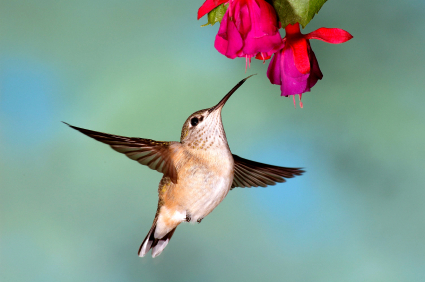-
some fun blue bird houses
Whimsical, yet totally functional, these hand carved wooden blue bird houses provide real nesting and roosting sites for feathered friends. Now mind you, they’re not really bluebird houses that Eastern Bluebirds are likely to use, but just plain fun blue bird houses!
Complete with clean-outs, entrances are proportionally sized for chicka
dees, finches, wrens, nuthatches and other small cavity-dwelling birds. Paints and finishes are non-toxic, and the wood is a fast-growth type, and renewable resource.
Entice wild birds to take up residence in your yard by providing birdhouses for them to raise their young. Clearly, they needn’t be a boring cedar box. Add charm and color to the landscape with fun and functional blue bird houses. As always, a birdbath filled with fresh water will attract more birds than you’ll believe. It’s the single most effective way to entice feathered friends to your place. And for the holidays…fun birdhouses make for an excellent gif
t for any birding enthusiast or nature-lover on your list. A gift that actually gets used and enjoyed for many seasons, while providing a valuable resource for Mother Nature’s beaked buddies!
-
ants in the window hummingbird feeder
Last season a customer purchased this window hummingbird feeder in hopes of not only attracting the tiny jewels, but bringing them closer to home for better viewing. She seemed happy with her purchase, until I received a note saying there were ants swimming in the nectar!
Now this is perfectly understandable, ants being a constant battle with nectar feeders, but…. this window hummingbird feeder has a built-in ant moat.
So I proceeded to ask: “Is the moat filled with water” and she said “yes”. “Has the moat always been filled with water?” I asked, rather puzzled. After explaining that ants can’t swim, if the moat were consistently filled with water, this would be impossible. Ants just can not cross a body of water. So, my belief is that the water must have evaporated from the moat – it’s really the only logical explanation.
By the way, this is a great little window hummingbird feeder because it allows for full view of birds. It can also be used as a seed feeder during colder months, attracting more feathered friends for close-up viewing!
-
fatal hummingbird feeders
Some feeders may actually be hiding black mold.
In preparation for the winter season, I recently took down the hummingbird feeders. Prepped for a thorough cleansing in the dishwasher before packing them away for spring, one feeder in particular left me wondering: how does this one come apart? Well, it didn’t, and I proceeded to break one of the perches in trying to do so! I thought it was a pretty decent feeder, with 4 perches and a built-in ant moat, it was purchased from a “big-box store”.
To my surprise, black mold was found in the base, hiding in the recessed areas next to the bottom of the feeding ports. You couldn’t reach it even with the craftiest of brushes. After running this hummingbird feeder through the dishwasher, the ugly black stuff persisted. This mold can be deadly to hummingbirds, and purchasing a feeder that doesn’t come apart was not my brightest idea. Placed in the bin for recycling, this bargain hummingbird feeder is now history. You can bet that any future ones will be be totally disassemble-able!





